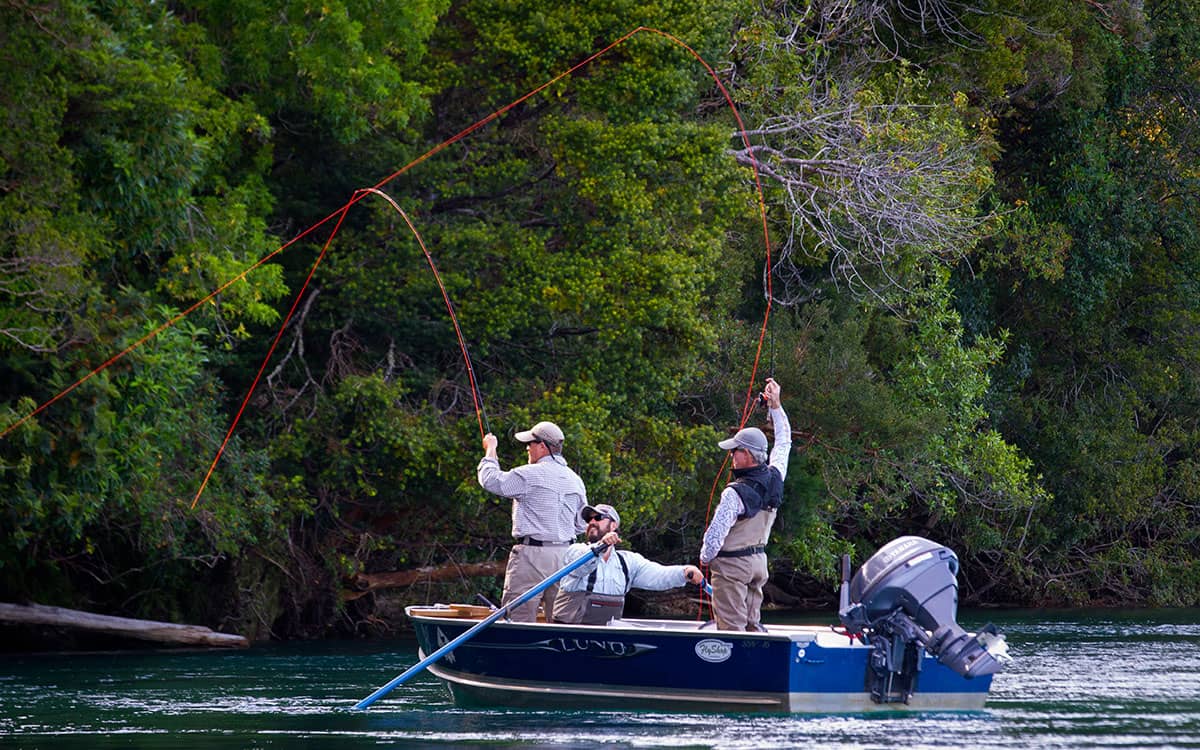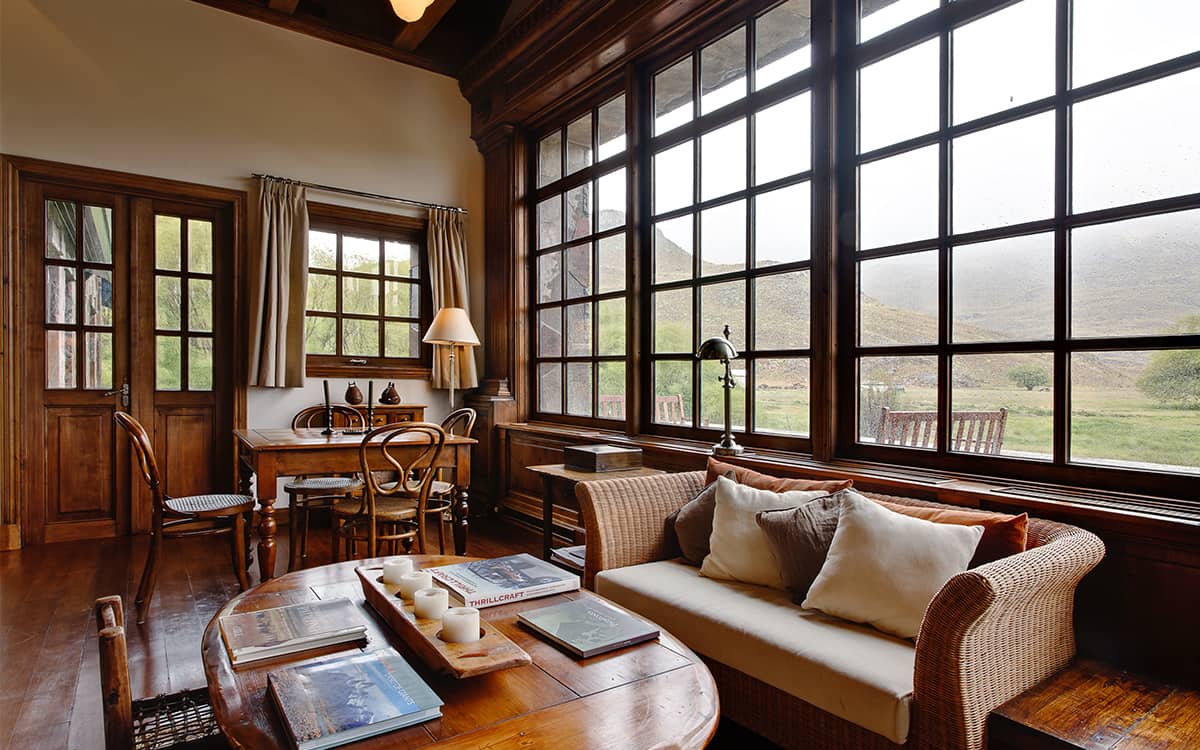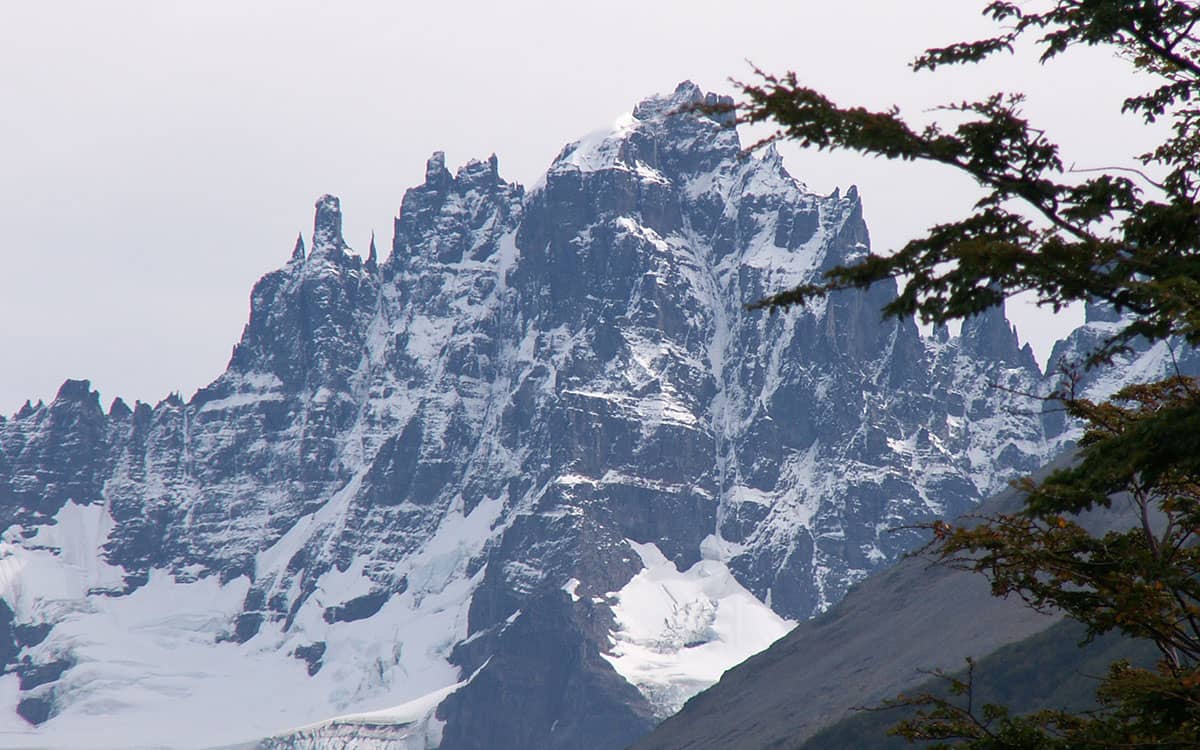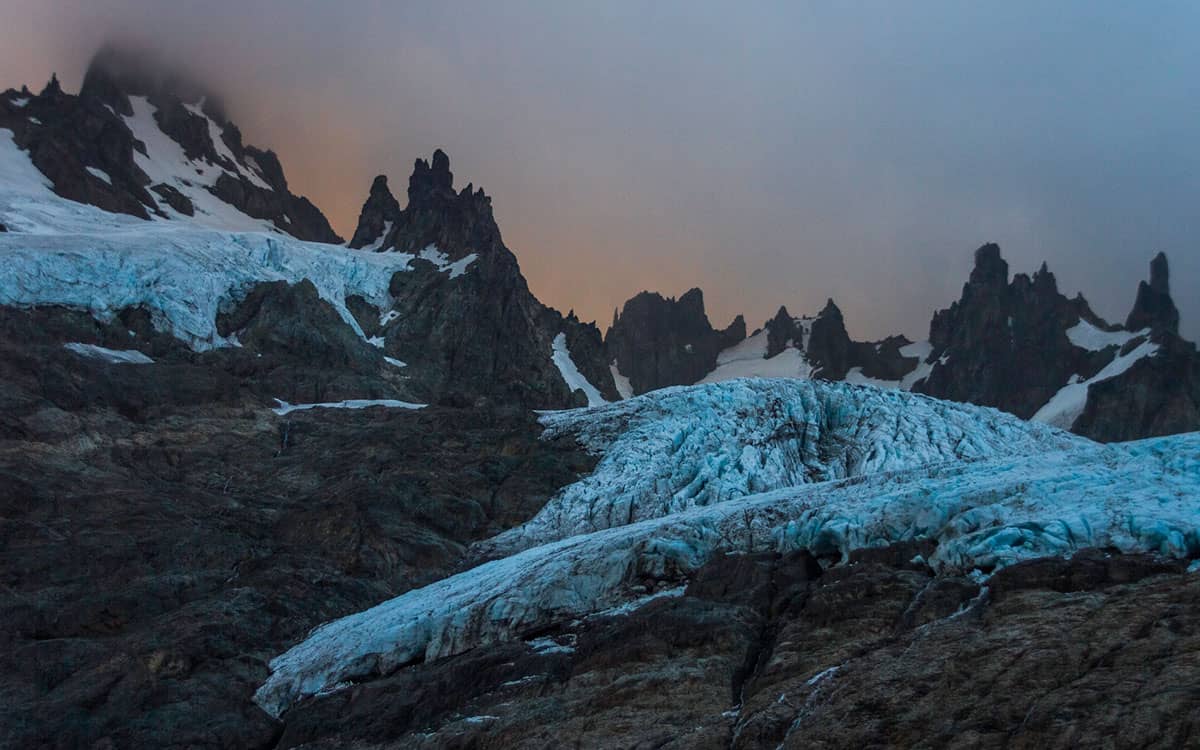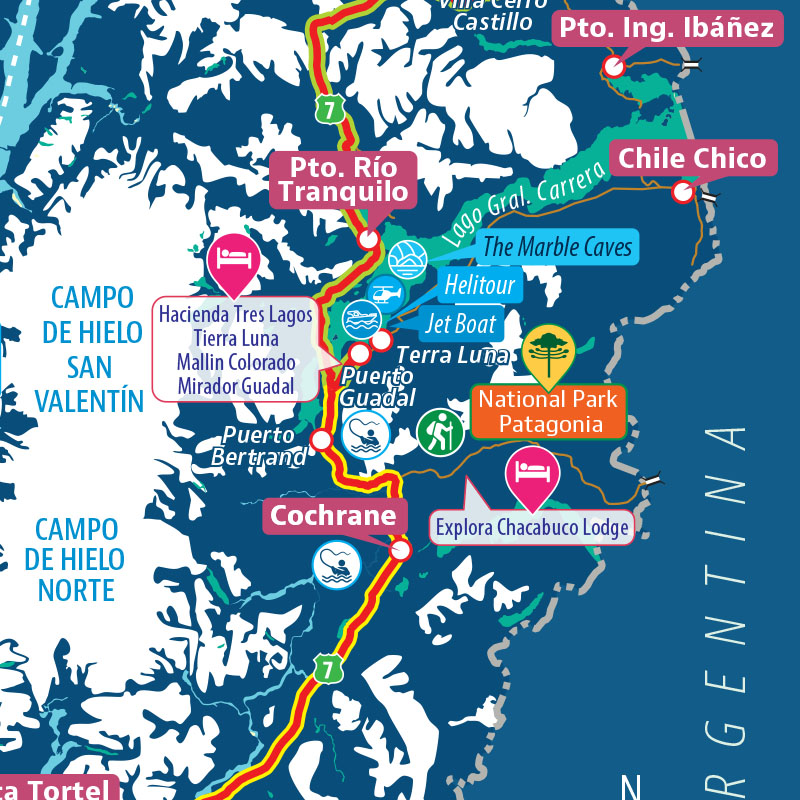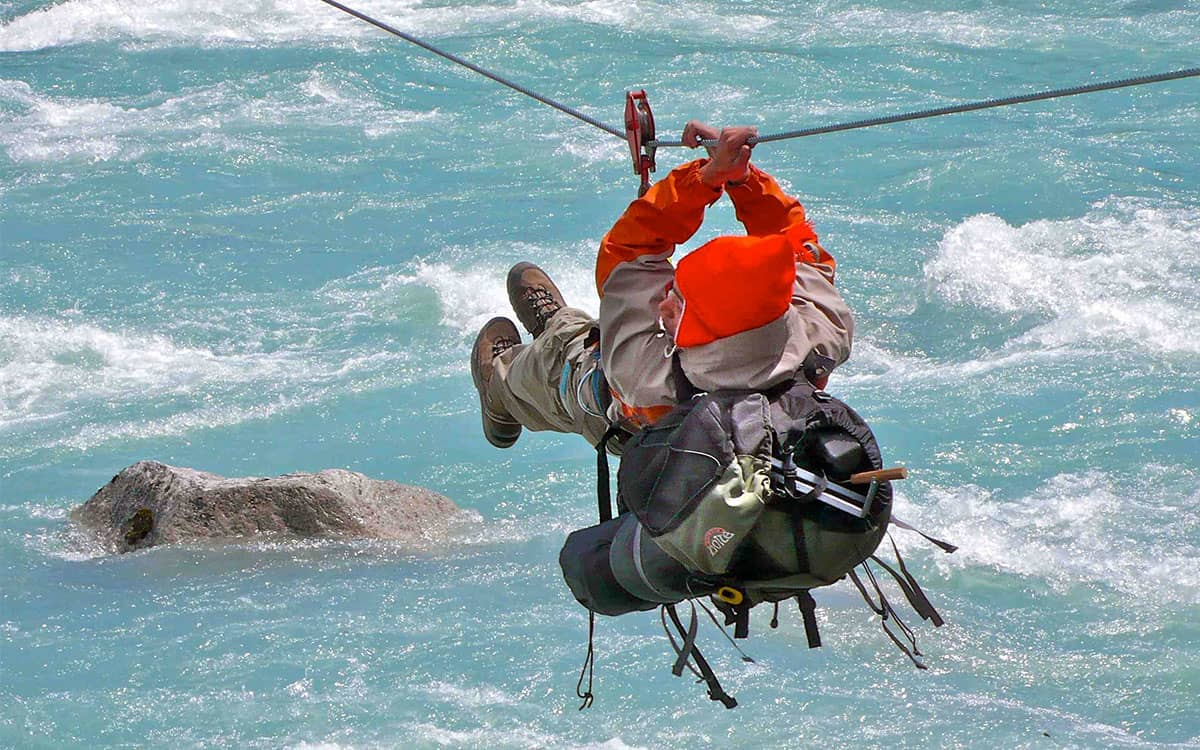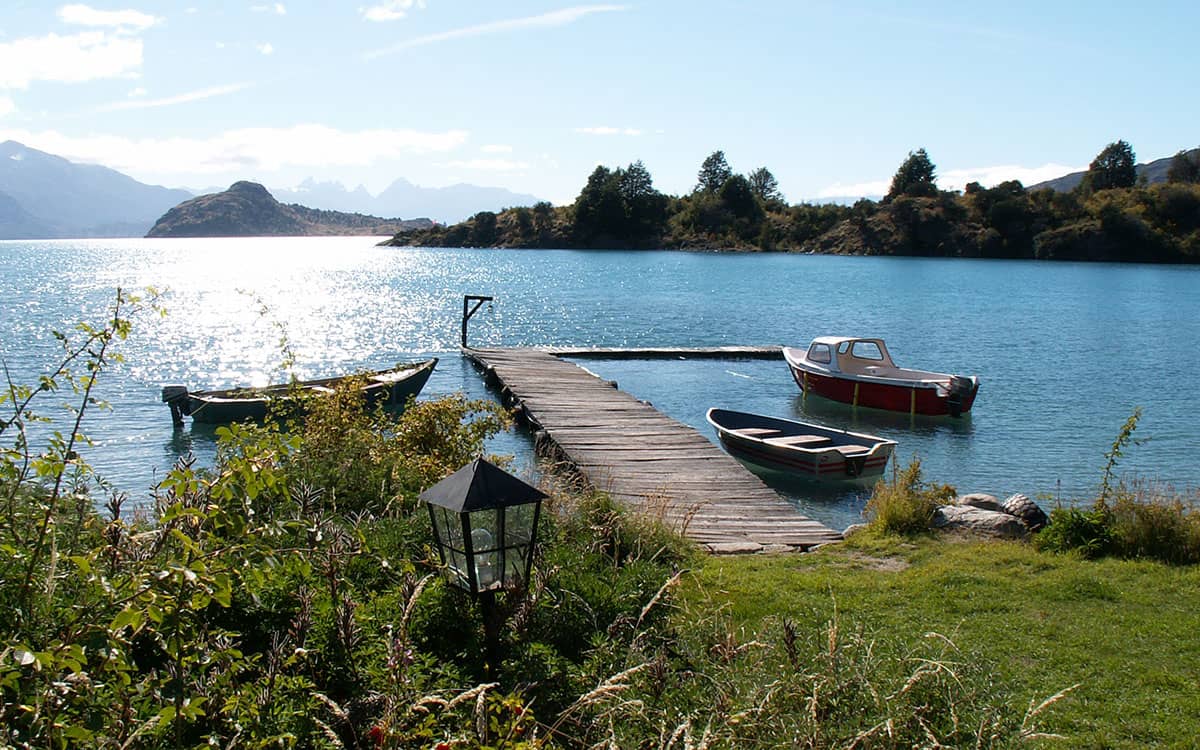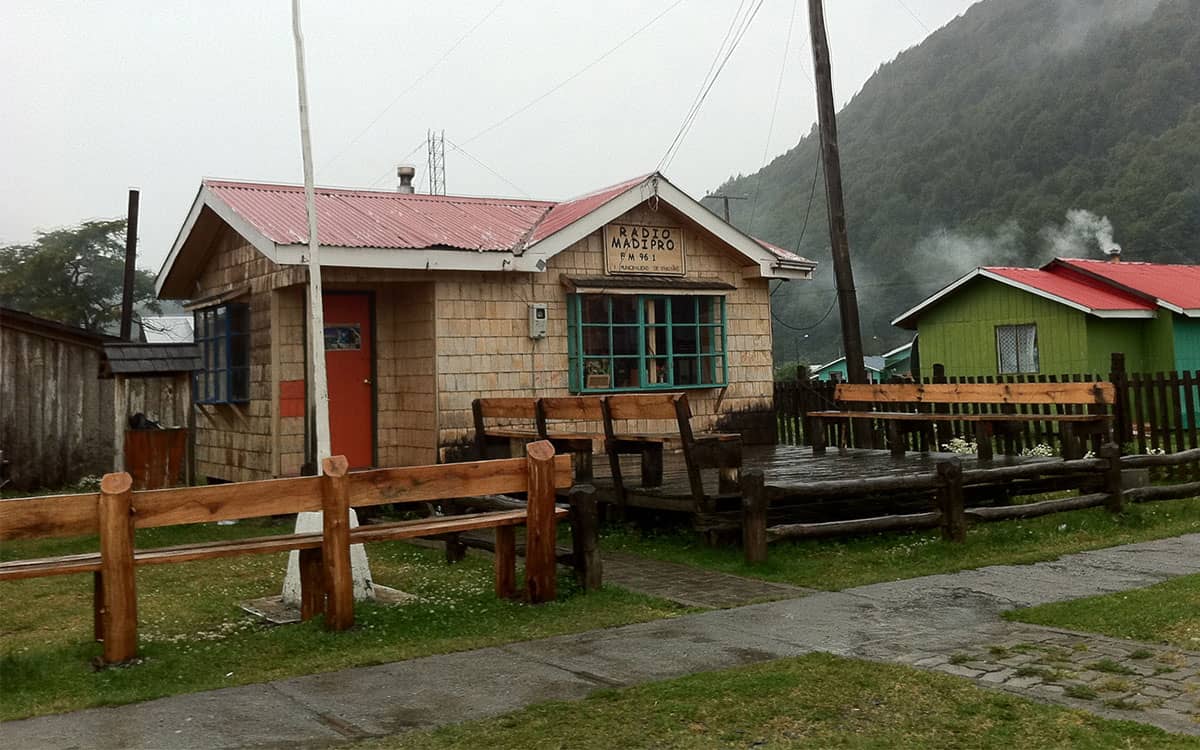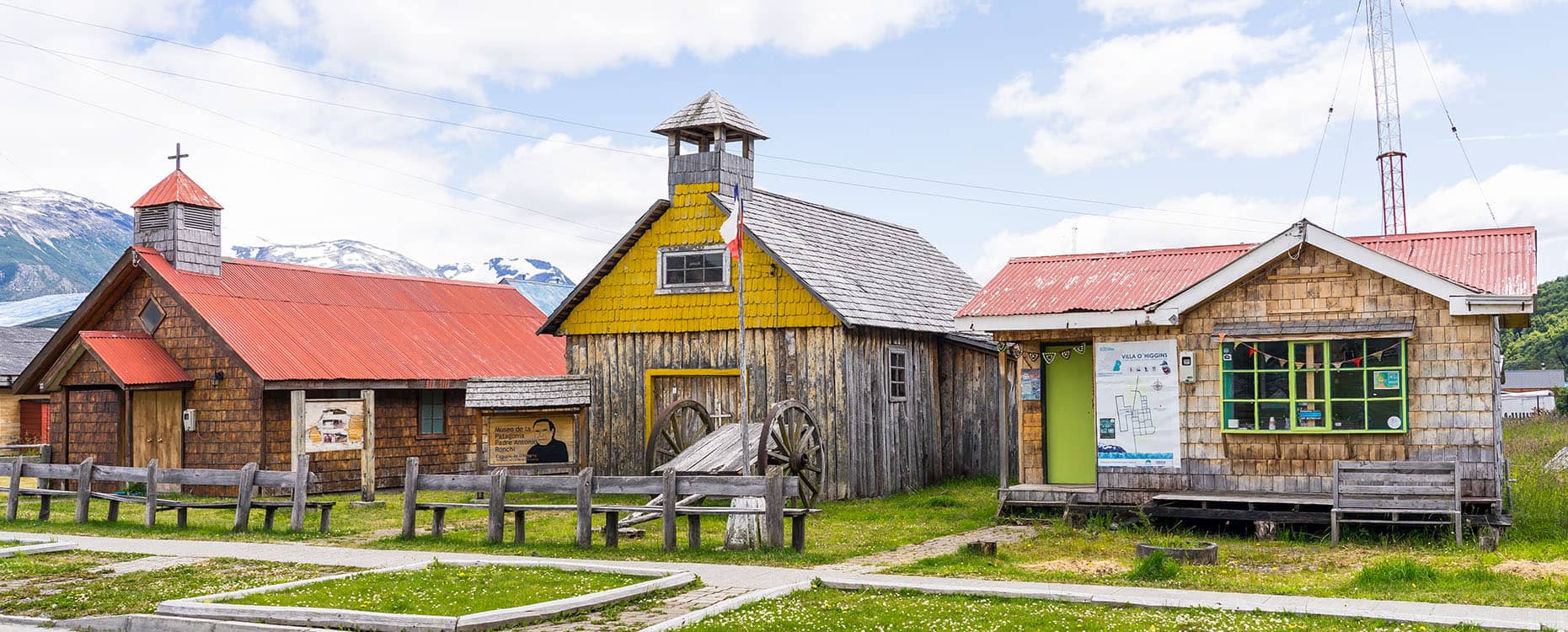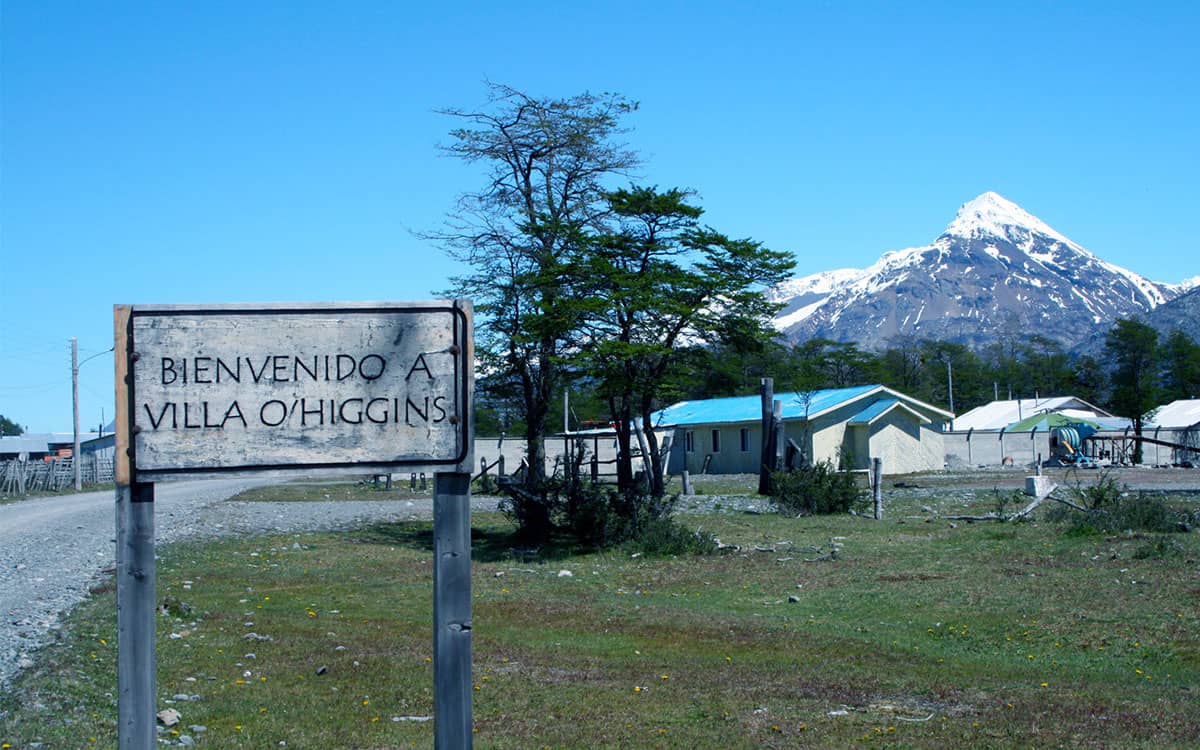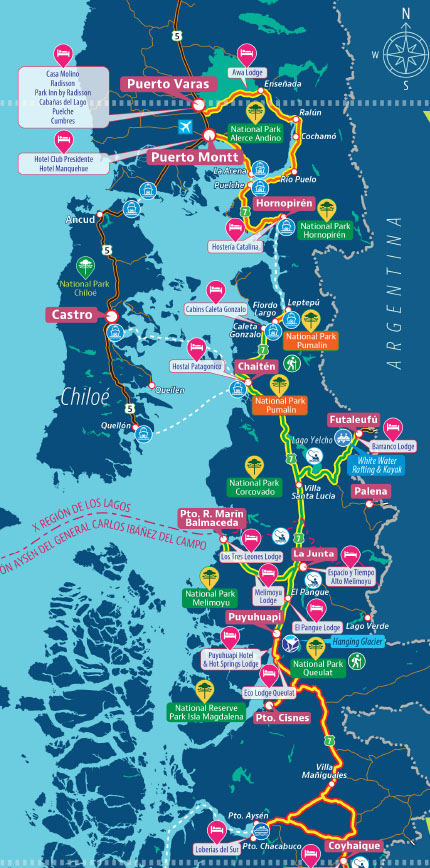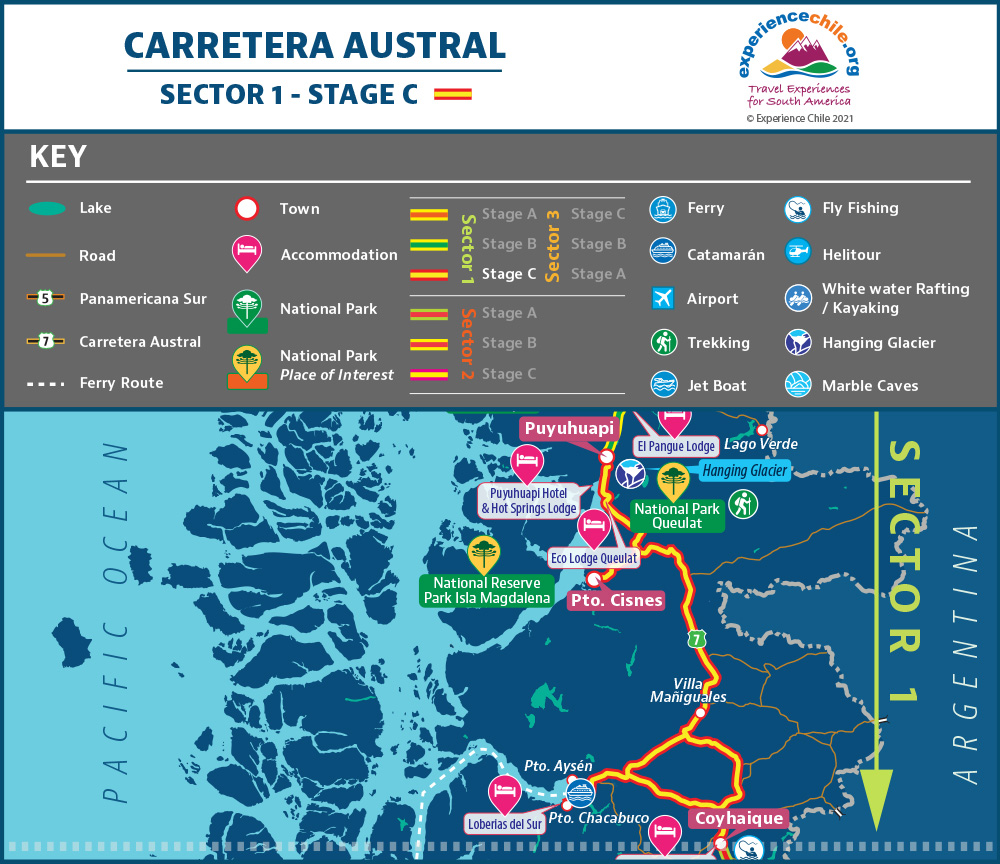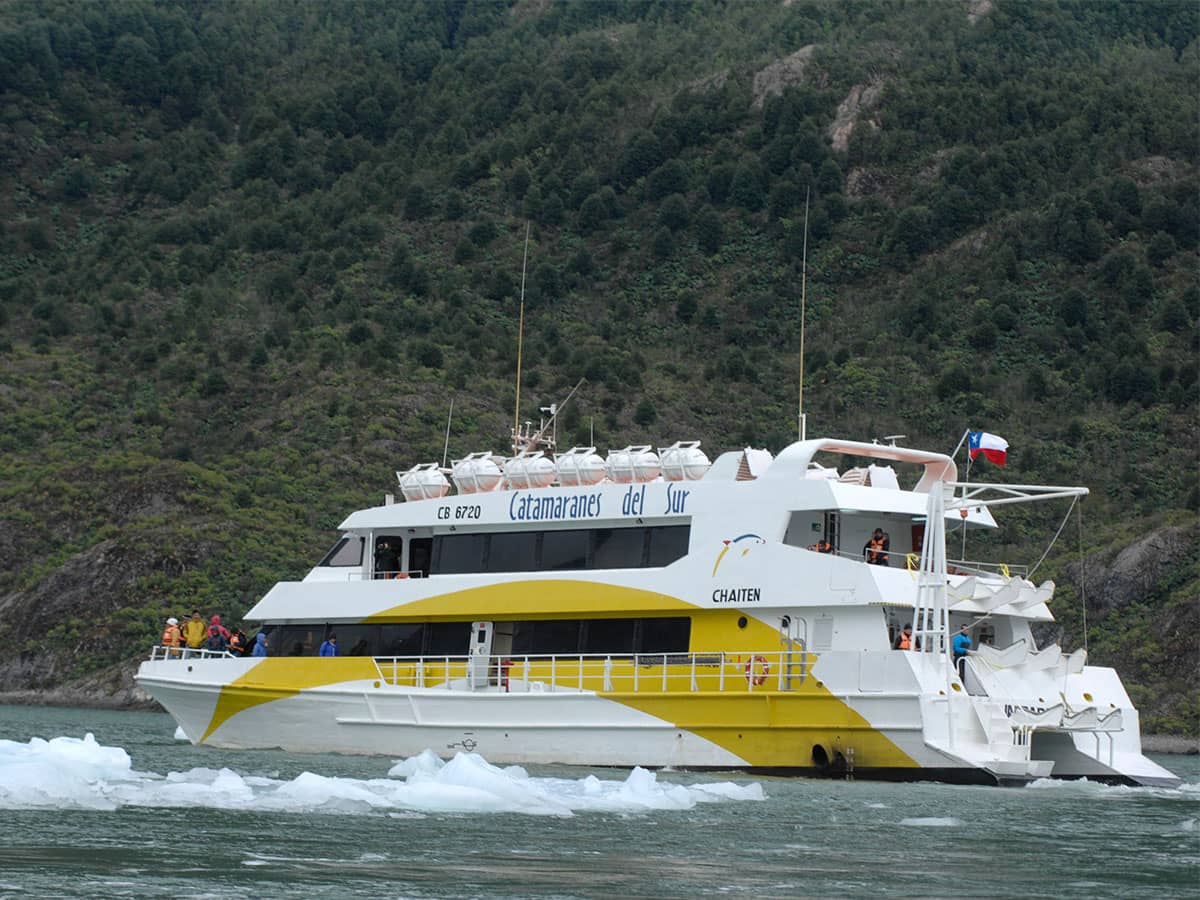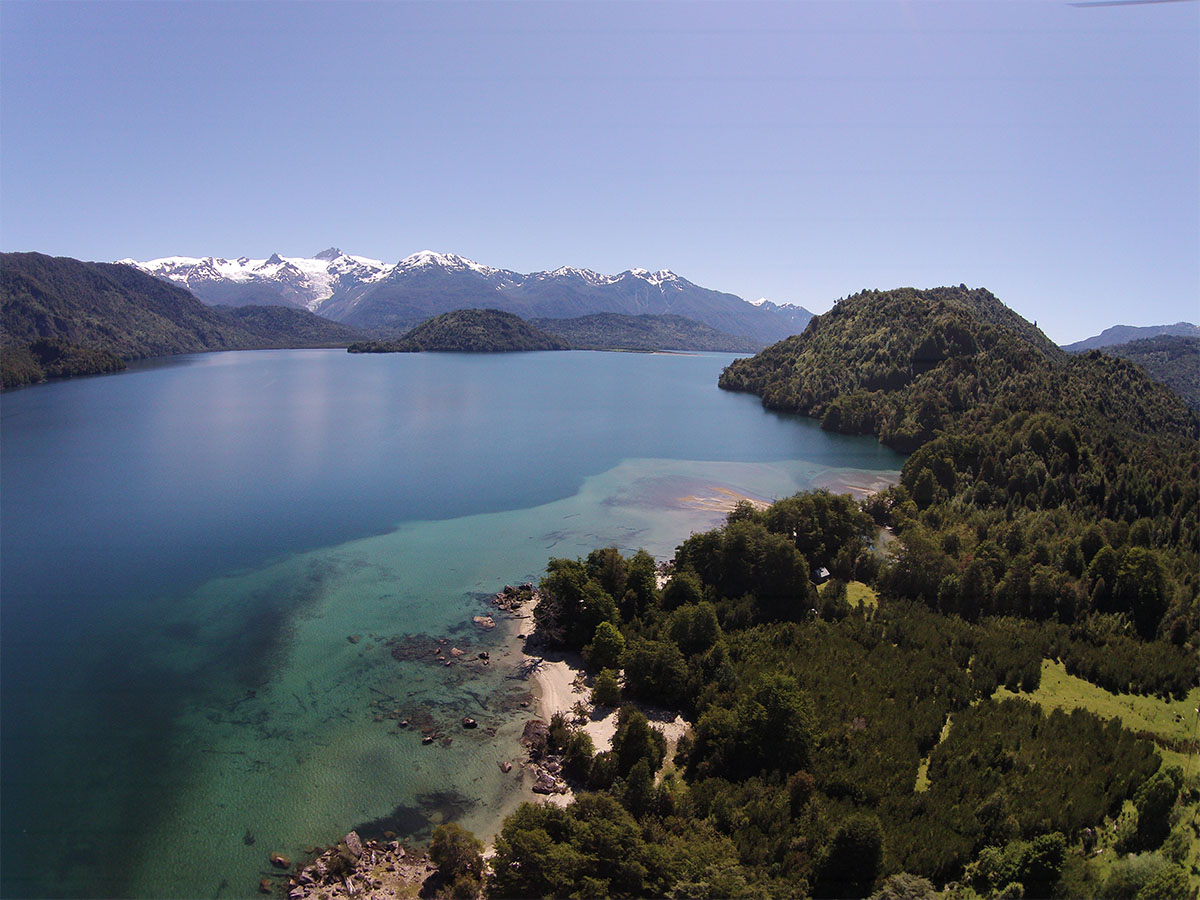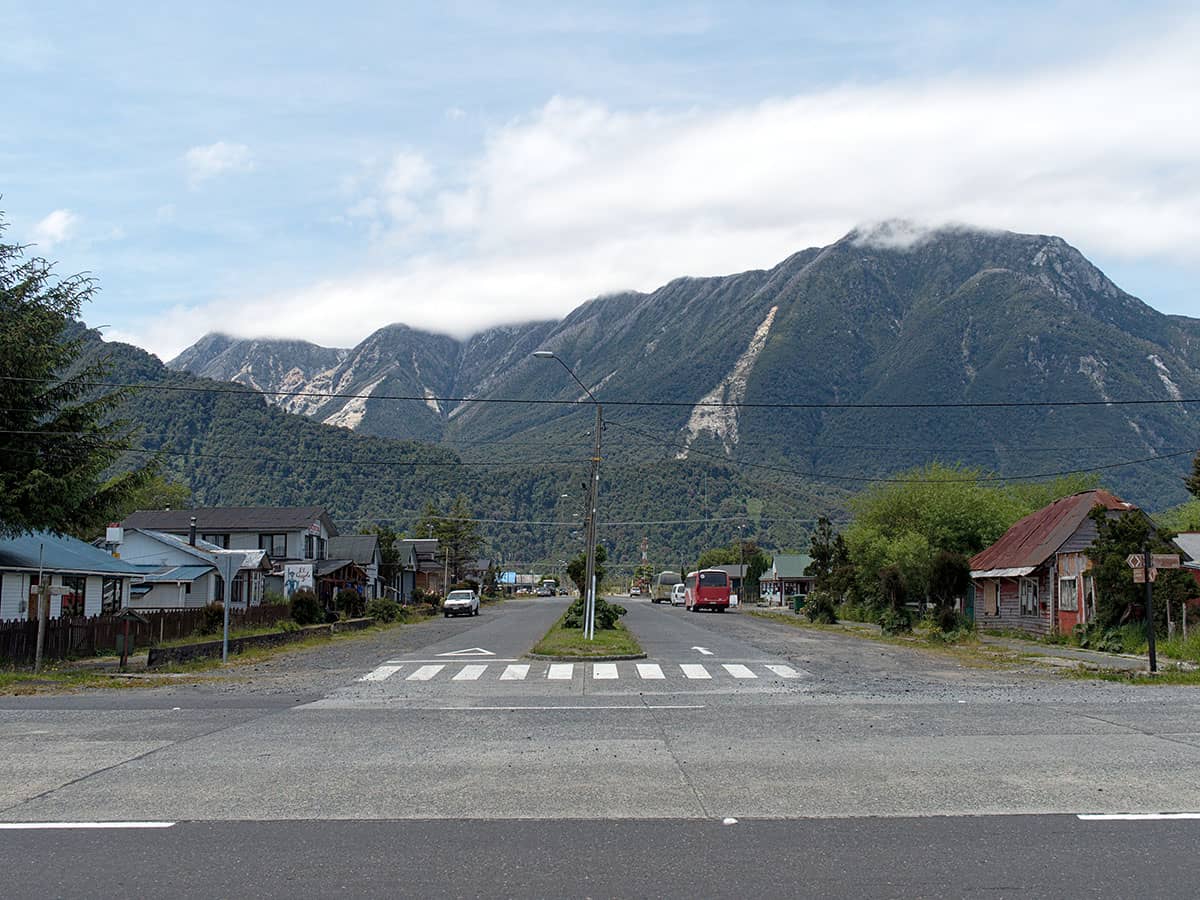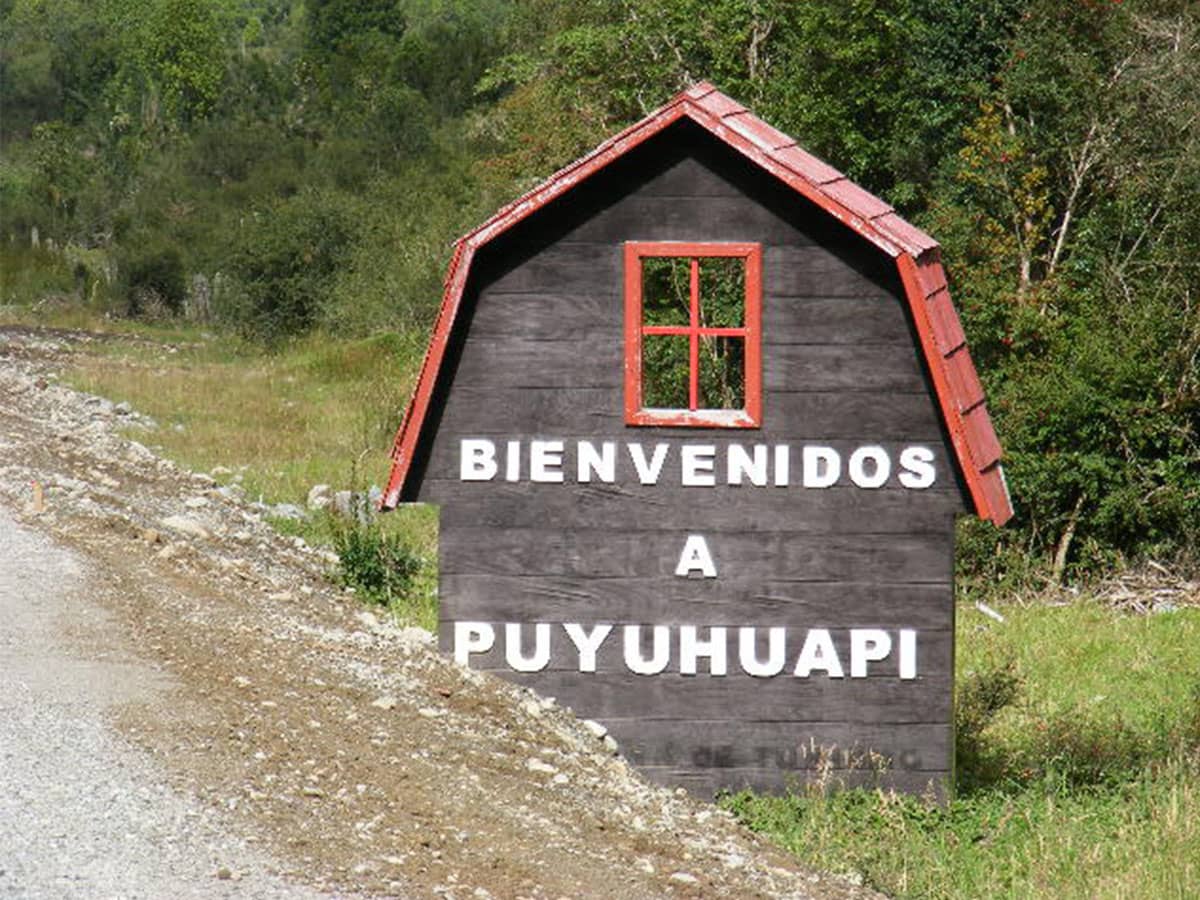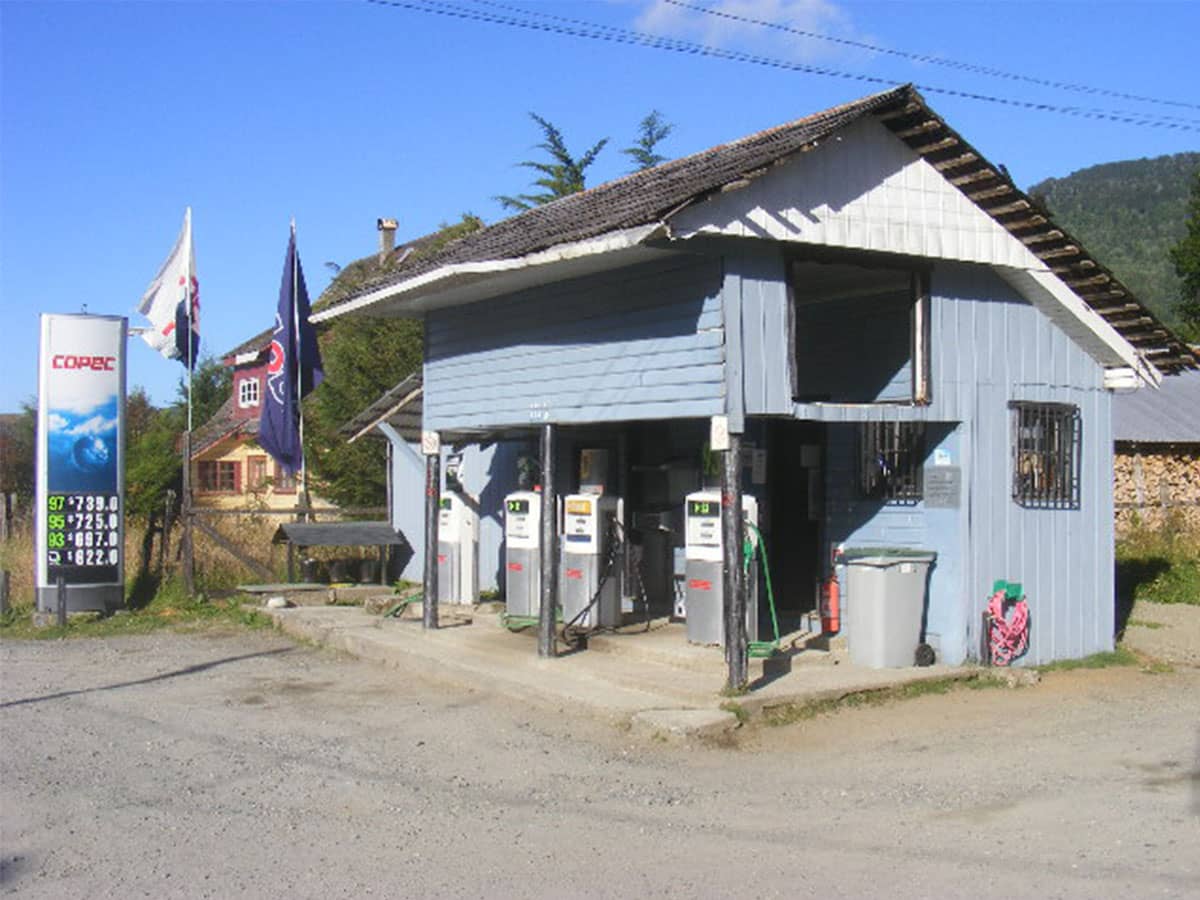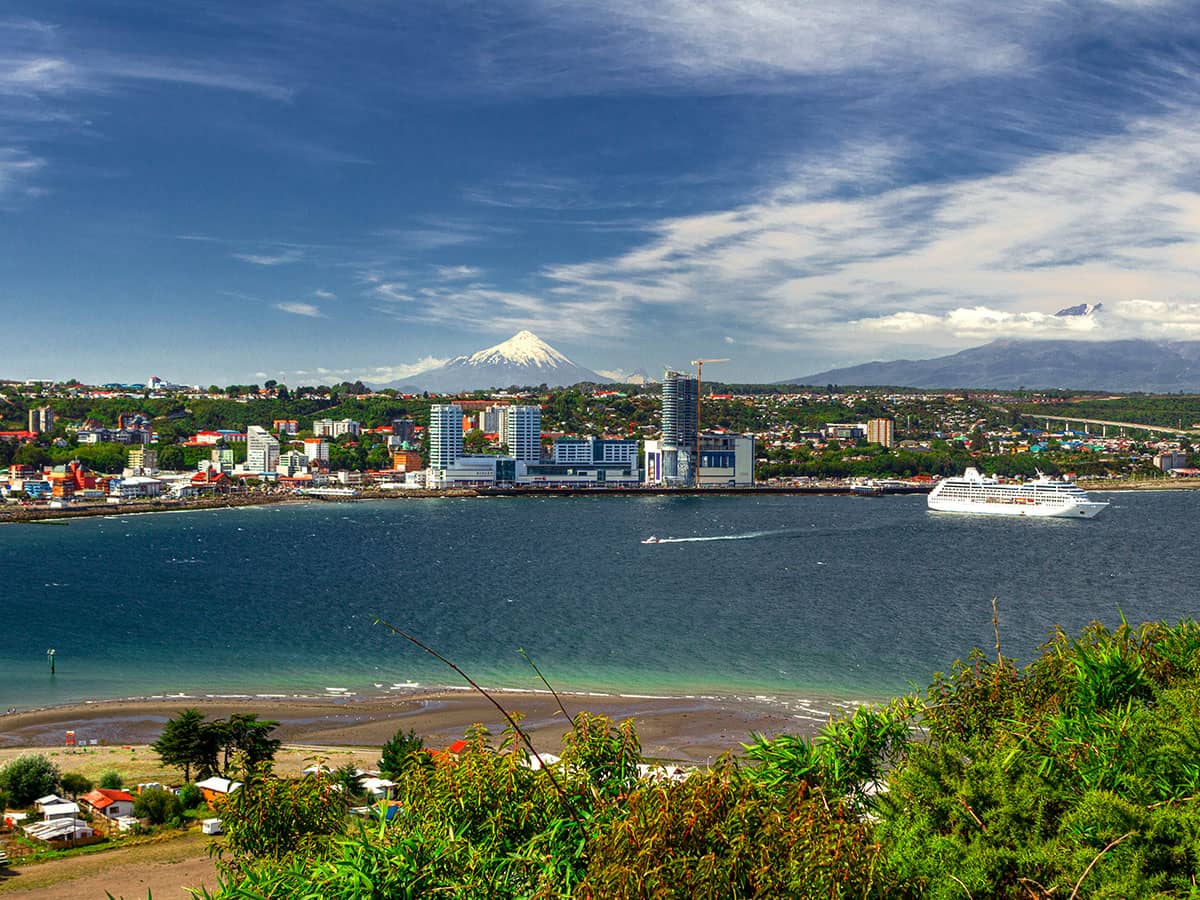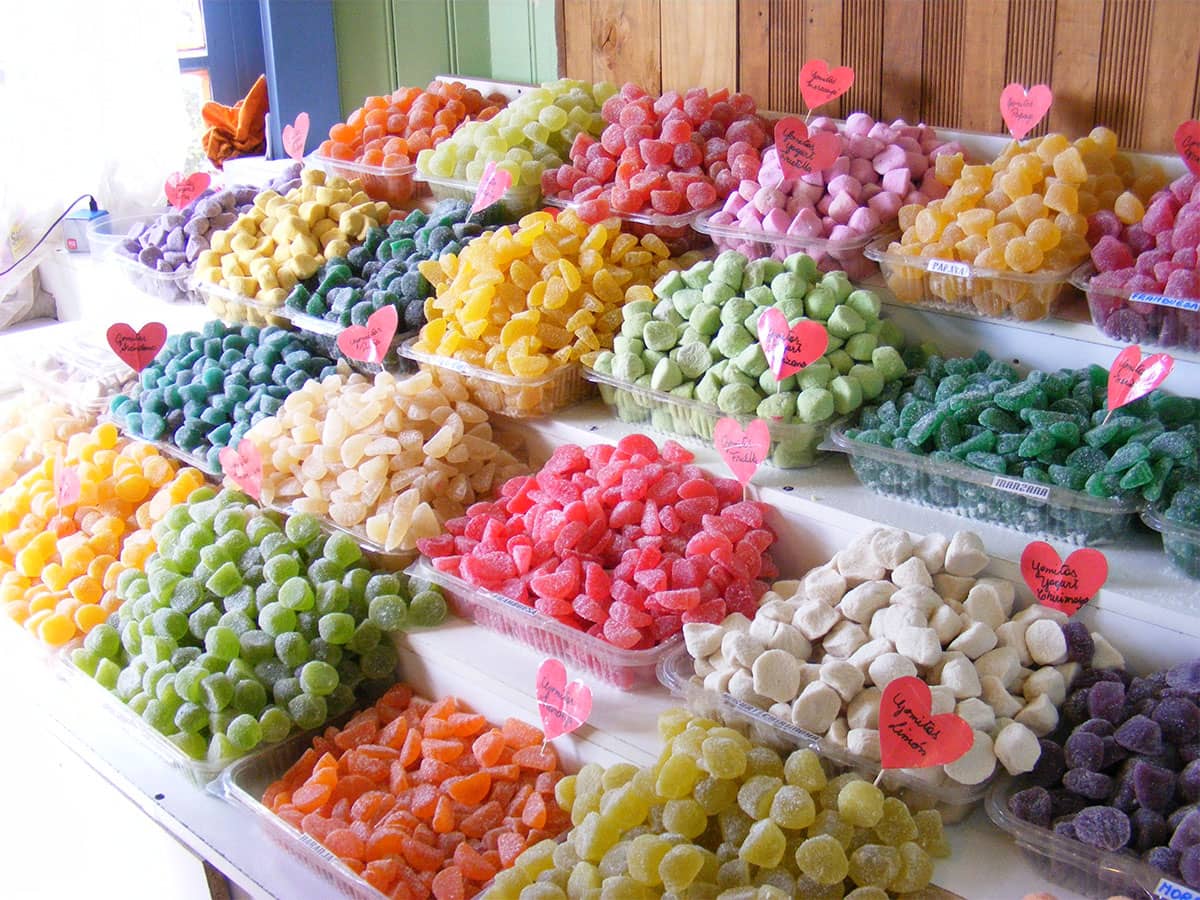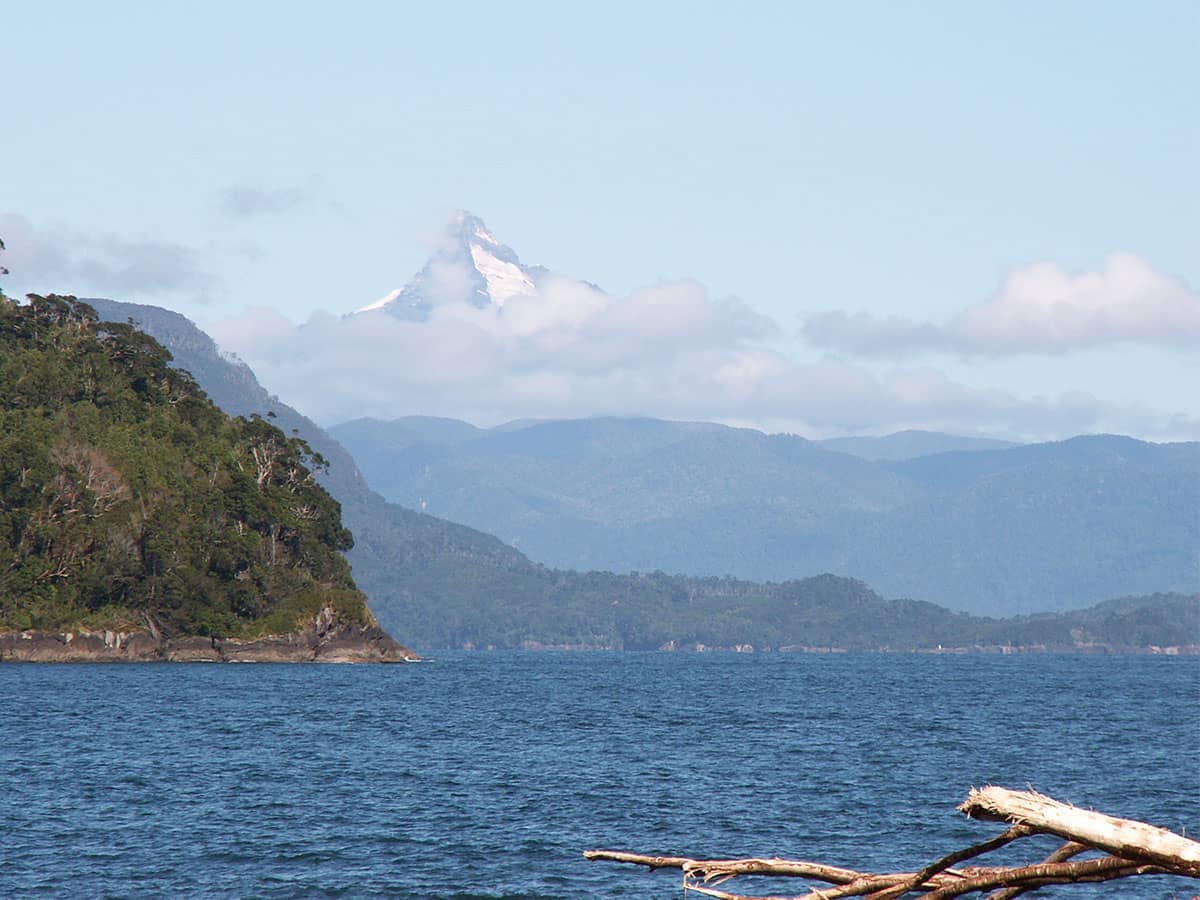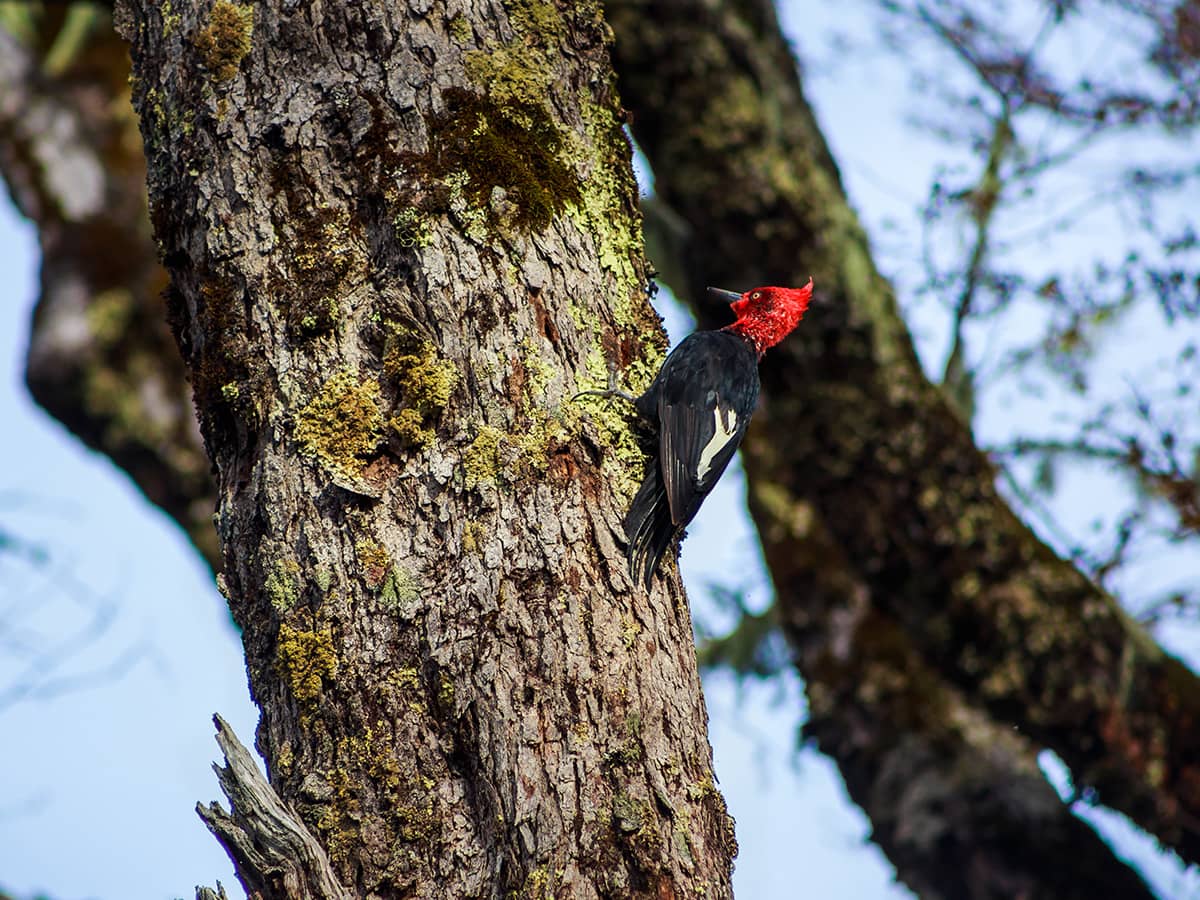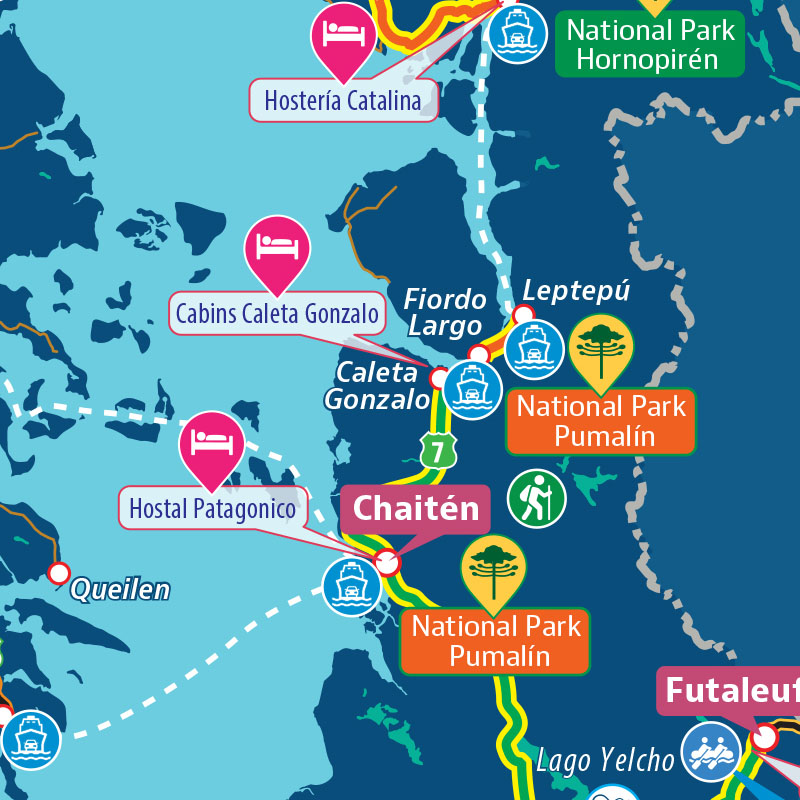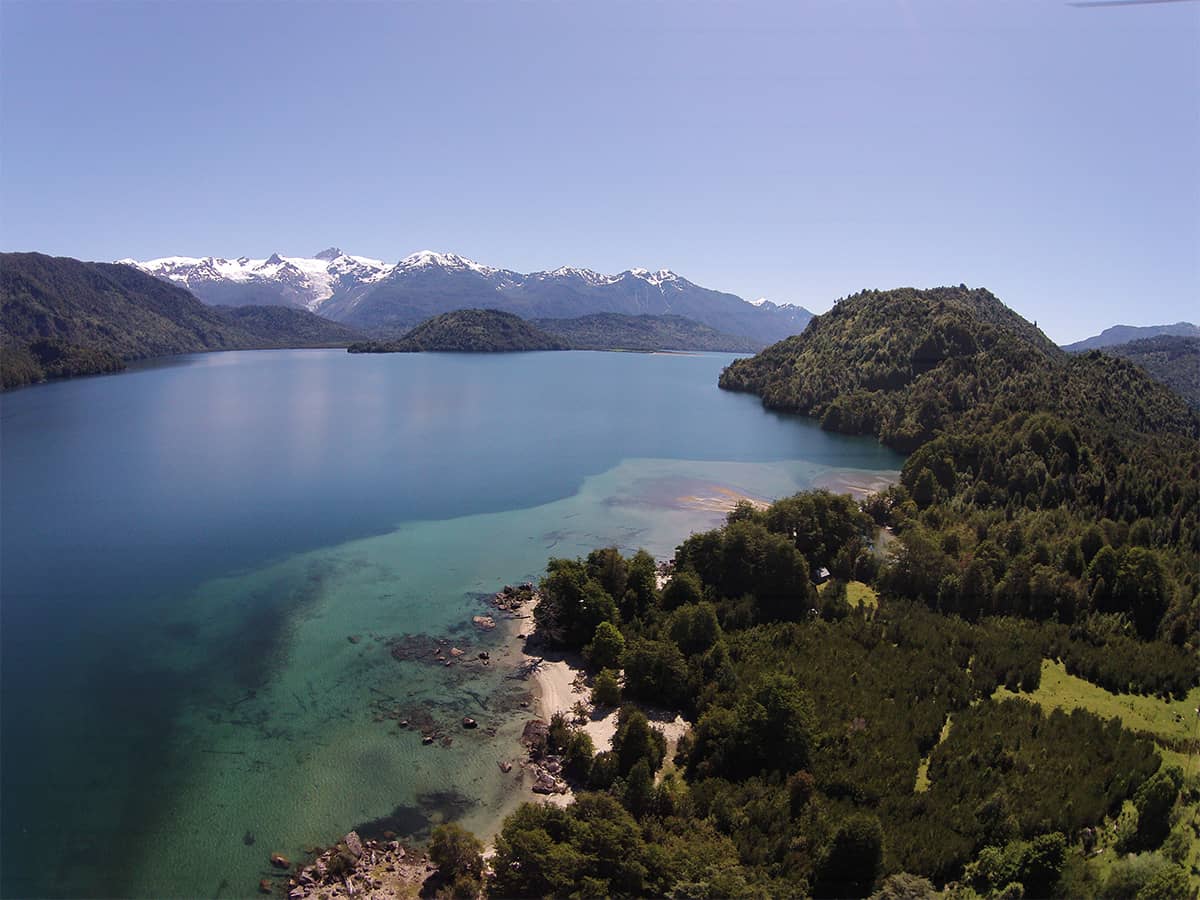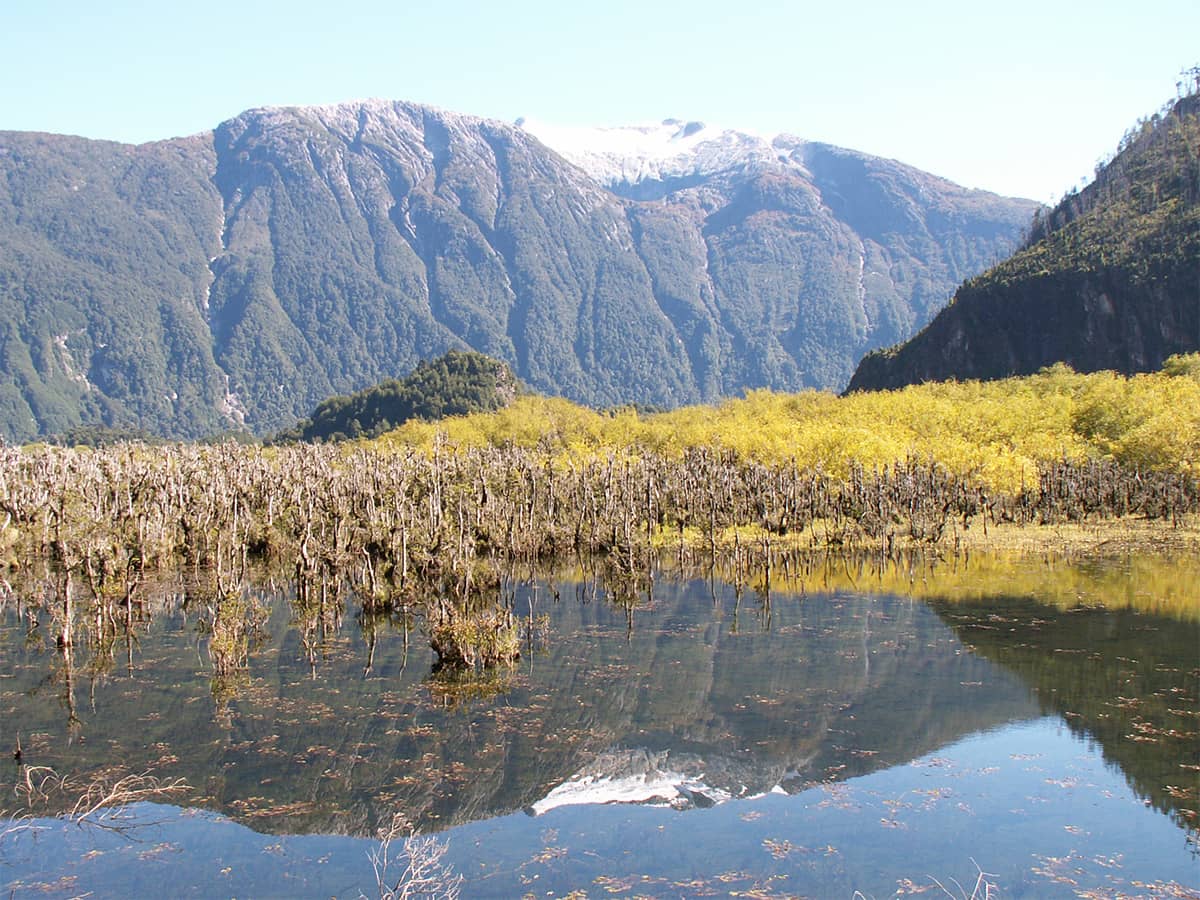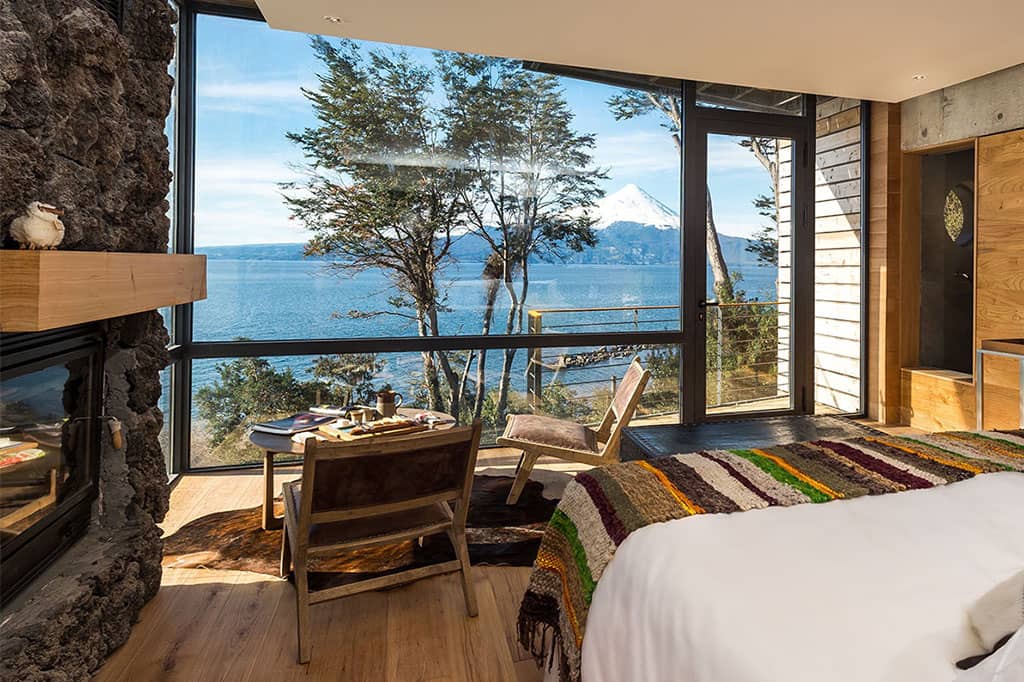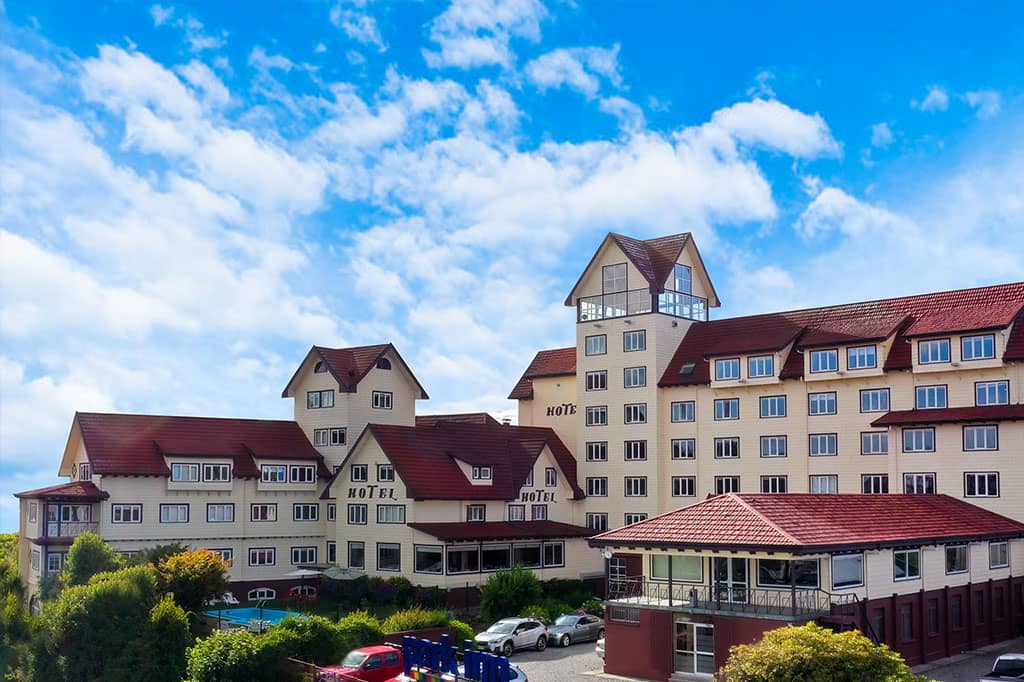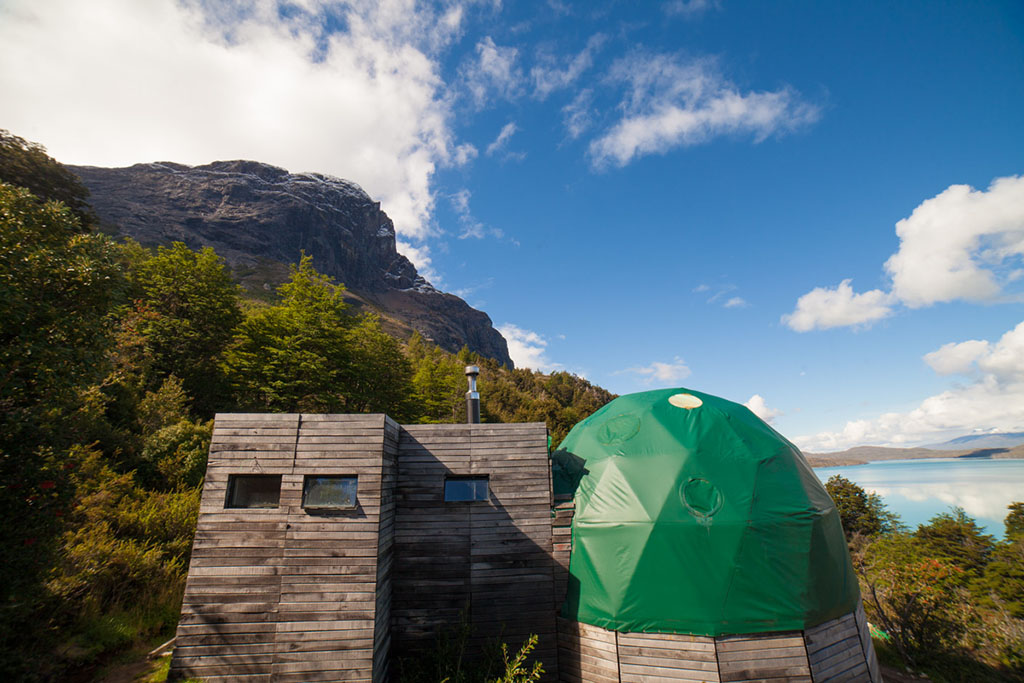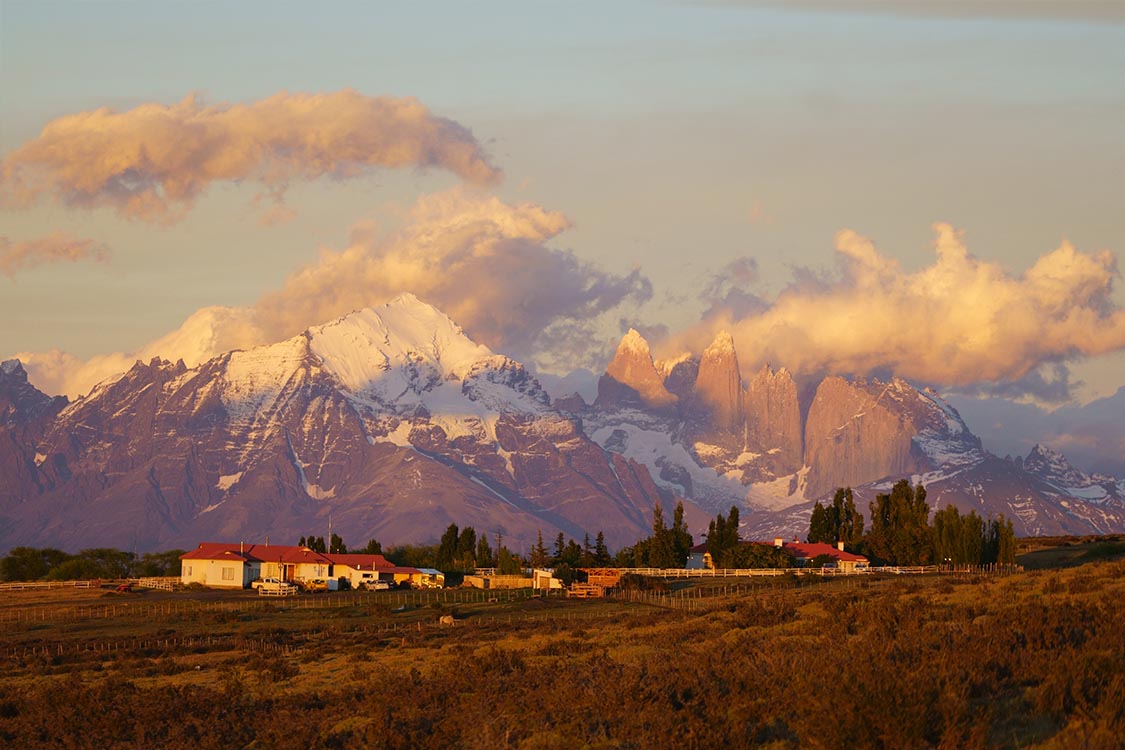Introduction
The stage B of the North to South Sector 2 is from the southern point of Lake General Carrera to Caleta Tortel.
It goes without saying that here at ExperienceChile.Org we will arrange the rent a car you will need to drive through the Patagonian forest and Andean valleys, as well as your accommodation.
Carretera Austral North to South Sector 2
Puerto Guadal (Lake General Carrera) to Valle Chacabuco Entrance, or Tortel.
Stage B
Start: Puerto Guadal (Lake General Carrera) - End: Valle Chacabuco Entrance or Tortel
This stage is broken into these legs:
First Leg: Puerto Guadal to Valle Chacabuco Entrance 50km
Puerto Guadal to Valle Chacabuco Entrance
Total: 50km
Puerto Guadal Puerto Bertrand Baker Confluence Valle Chacabuco Entrance
Route Description
Heading South from Puerto Guadal you will come across a fork in the road, or a junction and this is called “Cruce El Maiten” and shortly after this is the village called Puerto Bertrand (to your right). Once again heading south, the road will pass parallel to the River Baker. Initially you may be “confused” when you see a strong, turquoise colour behind the trunks, and branches of the trees on your right, however, this is the River Baker, known for its salmon fishing and natural beauty. The colour, depending on the light of the day, can be so strong that it is almost unbelievable.
Potential Danger
There will be an undulating sector along this stretch of road which can be “dangerous”. We say this because when two vehicles are coming in opposite directions and each is in a dip the drivers are “blind” to the oncoming vehicle that will be met, possibly head on, at the next elevated part. You need to drive moderately and NOT at speed, especially because of this possibility. The author, and owner of ExperienceChile.Org is sharing this with you because it happened to him and in his case, there was almost a fatal accident when he was driving this sector.
River Baker Waterfall Confluence
The Baker is the longest river in Chile (200km) as well as having the most volume in Chile with approximately 870 cubic metres flowing per second.
Located 12km south from Puerto Bertrand and 37km before arrival to Cochrane, is the waterfall confluence of the River Baker and the River Nef. At this point the powerful River Baker crashes down from a 10m vertically high, natural rock “wall” to the ground below whereupon it meets and mixes with the water from the River Nef which is also crashing down from another vertical point close to the River Baker. The River Neff originates in the ice field some 30km back in the Andes, and the River Baker comes out from the Lake Bertrand. To see the mix of the turquoise-blue River Baker and the grey-coloured River Neff is quite a spectacle.
Once these two rivers merge at the confluence point, they continue as the River Baker and enter the sea near Caleta Tortel.
Shortly after this stop off, on the way to Cochrane, there will be a turn off left to the Chacabuco Valley, or Patagonia National Park.
About 12km before entering Cochrane there is a turn-off left to the Patagonia National Park, part of the Thompkins environmental protection organisation. Here you can trek a number of trails and enjoy the natural beauty as well as get good-level hotel accommodation, which ExperienceChile.Org will be pleased to arrange for you.
From the turn off from the main Carretera Austral, it is about 24km to the main lodge. In this valley there are herds of Guanacos as well as flamingos and black-necked swans to see.
The Park covers an area of 304,527 sq2 hectares and was declared a National Park in October 2018. Like Pumalin National Park, this area was donated to the Chilean state by the Thompkins Foundation, in 2017. Its aim is to protect and preserve ecosystems within central Patagonia as well as endangered wildlife populations such as “Huemul” and the Puma.
There is one place to stay if visiting, which we detail below, and from here you can trek on stipulated trails as well as view Tehuelche cave art dating back 7,000 years. The hotel is built, decorated, and furnished to very high standards and provides an excellent base from where to venture out into the wild and rugged terrain of raw Patagonia.
Second Leg: Patagonia National Park & Valle Chacubuco To Caleta Tortel 153km
Patagonia National Park & Valle Chacubuco To Caleta Tortel
Total: 153km
Valle Chacabuco Entrance Cochrane Tortel
Cochrane
The most populated settlement between Puerto Guadal and Villa O’Higgins is Cochrane, which is about 25km past the turn off point to the Chacabuco Valley and National Park Patagonia. If you continue to Cochrane village you can fill up with fuel and get some food and snacks.
Cochrane village is fairly non-descript. Therefore, continuing on to Calate Tortel would be a good plan. Once past Cochrane the Carretera Austral passes through territory which is a mix of hills, forested areas, and open country. It is a long stretch to Caleta Tortel, whereupon when you arrive you need to park up in the car park and approach the welcome centre.
Caleta Tortel
This tiny settlement came to fame when Prince William of the United Kingdom spent a number of weeks here working as part of the Raleigh International youth educational program during his student Gap year.
The first thing you need to know is that there are no traditional roads or streets in Tortel. The entire village is built on stilts and connected with boardwalks. You need to park up in the car park and from there you walk to your hotel – carrying your bags. Therefore, you need to leave the heavy stuff back in the car and just carry a few belongings to the hotel, the walk maybe 1km at least.
Tortel is a kind of quaint place, but it is also back in Medieval times whereupon its residents throw out of their windows their rubbish! However, if you ignore that, this place is unique and totally different. A couple of nights here should be enough to see it all.



